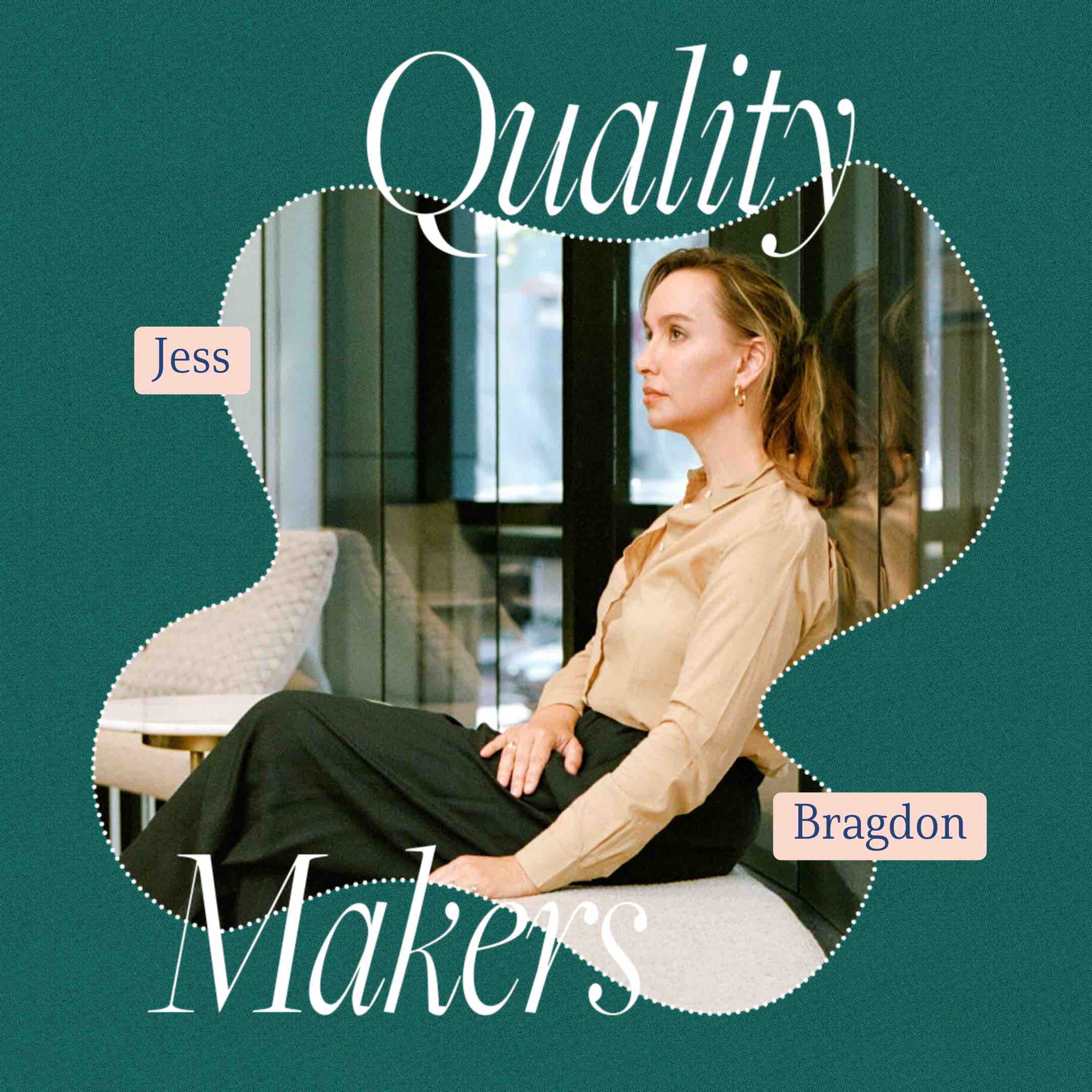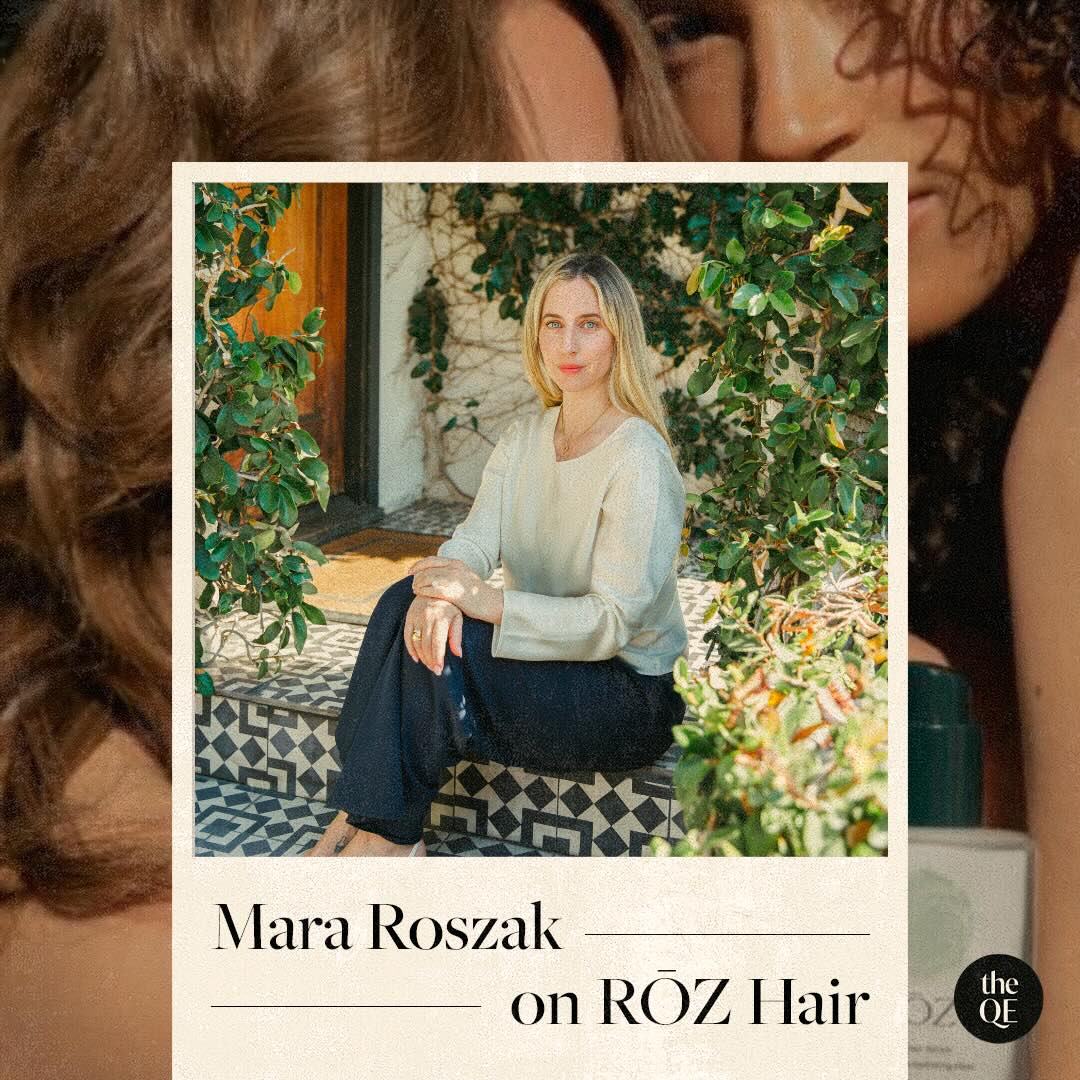Welcome to The Quality Makers, an interview series highlighting pioneers in the direct-to-consumer space. Join us as we get an inside look at the world of digital shopping through the eyes of the individuals shaping it…
Our team is dedicated to finding and telling you more about the web’s best products. If you purchase through our links, we may receive a commission. Our editorial team is independent and only endorses products we believe in.
We like
We don't like
Cold Picnic was founded in 2010 by partners Phoebe Sung and Peter Buer, both of whom have backgrounds in fine arts and fashion design - Phoebe as an apparel designer and Peter as a print designer. The couple met in school back in 2006 and have been working together ever since. They design all the pieces together from their studio in Ridgewood, New York, whilst working with artisans in India to produce their handmade rugs, quilts and bathmats, as well as a family-owned company in New Jersey who make their knit blankets.
Deeply influenced by national parks, film, interior design and art, Phoebe and Peter began working on various side projects in an effort to embrace exploration and creativity outside of their corporate jobs. Not before long, these projects blended into what we now know as Cold Picnic: a line of textiles and home goods. Their work explores imagined and misremembered landscapes, and the effects of time and the elements upon their surfaces.

Tell me about Cold Picnic. I’d love to hear about the name as well.
The name evokes this sense of wilderness mixed with something genteel, like a windy, outdoor picnic. I founded the brand with my husband, Peter. We design everything, but most of our products are made in India by artisans who we've been working with for a while. Peter and I met in school in Boston, where we were working corporate jobs, and then we started doing crafts in our free time, because we missed doing creative projects like in college.
Where did your love for textiles, home goods and aesthetics come from?
I always loved vintage shopping with my mother, she always loved old things. Peter grew up in this stone cottage by the sea in England, so oldness was built into his childhood, whereas I had to go looking for it. I did my first degree in Sculpture, and then I went back for Fashion Design, and that’s where I met Peter. We were really trying to keep nimble by doing all these projects, giving ourselves something that we were lacking in our day jobs. We were making clothes and jewelry at the time, so our work wasn’t so focused on home goods. That came along when we started making plant hangers, which expanded our interest into the home. We were looking at Terence Conran books, and they had such neat kitchens and bathrooms, which makes you want to make yours look like that. We then realized, “oh, there's a hole in the market for these items”, but we couldn’t do it all on our own, so we started looking for manufacturers. It was a very slow and organic process.

I'm curious as to where your inspiration comes from.
One of the first places we often start is with a film. When our thoughts were kind of everywhere, it became a way to rein everything into a color or a feeling. We would always watch these movies together, and they informed the clothes that we were making, and when we started making home goods, they crossed over into that. It was the same things that we were looking at, but from a different perspective. We were both always interested in color and texture, and when we’d find those elements in movies, we’d base our collections off of them. Mostly we’d pull these matte, chalky looks, and you’ll find those qualities in our wool, hand tufted rugs. Another thing we focused on in movies was natural landscapes, especially when we were starting off. Almost every single rug we did was some kind of landscape. As we went on, our interests and the textures started to evolve.
How does your work explore imagined and misremembered landscapes?
We become interested in new designs through their landscapes, and we kind of think of them as places. We combine different memories of landscapes in our heads - Peter's childhood, my childhood, movies we've seen, pictures we've seen. It becomes this joint history or narrative that may come from something we haven't experienced together, but we've imagined together. A place or a feeling that is shared, but maybe not factual.

Tell me more about how ethical manufacturing plays a role in your brand.
We’ve been working with three factories in India and one here in New Jersey. We're so small that everyone we work with is really small too. That set us up for a certain niche, a more personalized approach. We’re in contact with the owners of the factories and have been working with them for years. The bigger the company, the easier it is to lose sight of things, so I’m grateful that we’re small and can hold ourselves accountable.
What different kinds of pieces and collections do you design and offer?
We started doing wallpaper a couple years ago, and that has reframed a lot of the rest of our work. As we took over more surfaces in a room, we started thinking more about how the items in a home interact with each other, how the walls interact with the floor. That kind of thinking added a new dimension, and it made us branch out in ways that required more thought than before. If we hadn't done wallpaper, we might never have done solid rugs. The more we simplified, the more we realized that color and texture just might be the two key elements to a design. The solid colors were weirdly fun and exciting to design, which I think is the only reason to do it.

What would you say differentiates you from other brands in the industry?
I feel like we came up in a certain era where no one was backed by anyone, no one started with any money. Everyone was teaching themselves and they essentially grew up with their brands. That's one thing that I think is different - we didn't start by saying: “this is what people need”. The time and space in which we started almost acted as another member of the team. A lot of other brands who are doing similar things, also produce handmade and well thought out pieces, each one with a unique story to it. So it’s that connection we have to the development of our brand that I think is special and differentiates us.
What do you hope people will take away from your brand and what are your hopes for its future?
I hope people will be able to take what we do and find a way to make it express something about themselves. I like to hear that people had a rug in one room but then moved it into a different room, where it sort of takes on a different life. I like the thought that everything has a life after we've developed it, and that the products mean something to the people who have them. I hope to continue to provide exactly that.












.jpg)
.jpg)





